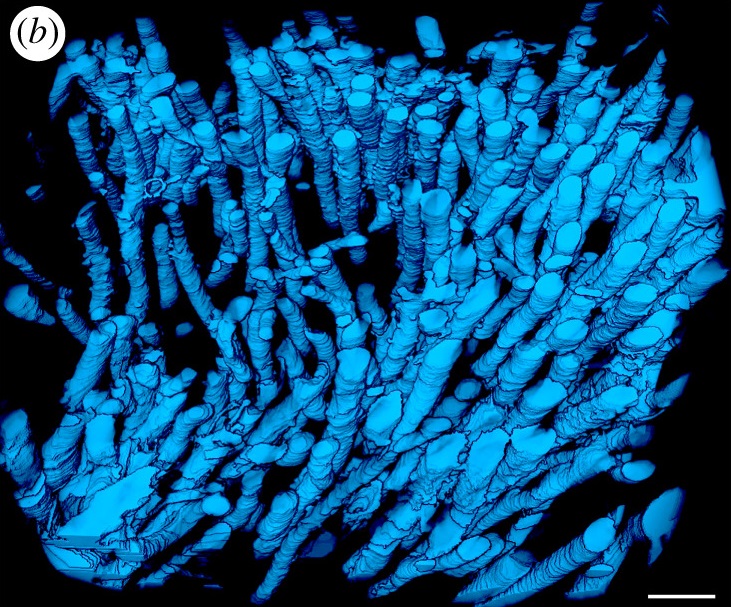Microbial-tubeworm associations in a 440 million year old hydrothermal vent community

Microorganisms are the chief primary producers within present-day deep-sea hydrothermal vent ecosystems, and play a fundamental role in shaping the ecology of these environments. (…) The oldest known hydrothermal vent community that includes metazoans is preserved within the Ordovician to early Silurian Yaman Kasy massive sulfide deposit, Ural Mountains, Russia. (…) A re-examination of these fossils using a range of microscopy, chemical analysis and nano-tomography techniques reveals the preservation of filamentous microorganisms intimately associated with the tubes. (…) The Yaman Kasy fossil filaments represent the oldest animal–microbial associations preserved within an ancient hydrothermal vent environment. They allude to a diverse microbial community, and also demonstrate that remarkable fine-scale microbial preservation can also be observed in ancient vent deposits, suggesting the possible existence of similar exceptionally preserved microfossils in even older vent environments.